If you’re a baseball or softball player—or a parent of one—you know the shoulder isn’t just another joint. It’s the engine behind every pitch, every throw, every inning. But when shoulder pain creeps in, everything changes. Velocity drops. Control slips. And you start wondering if your season—or career—is about to take a turn.
Here at Accelerate Therapy and Performance, we’ve worked with everyone from Little Leaguers to college arms to seasoned weekend warriors. And trust us: shoulder pain from pitching isn’t just common—it’s practically a rite of passage. But the good news is, you don’t have to just “throw through it.” You can fix it. You can relieve it. And you can get back to throwing pain-free—with even better mechanics than before.
Let’s break it all down: what causes shoulder pain in pitchers, what you can do about it, and when it’s time to see a pro.
Why Pitching Wrecks Shoulders (If You’re Not Careful)
The pitching motion is one of the most violent and complex movements in sports. In just a few seconds, your shoulder has to:
- Externally rotate nearly 180 degrees
- Generate massive torque and acceleration
- Absorb deceleration forces to protect your elbow and spine
That’s a lot of stress—and if even one link in the chain is off, the shoulder often takes the hit.
Understanding Shoulder Anatomy
The shoulder is a ball-and-socket joint made up of:
- The glenohumeral joint (main shoulder joint)
- The rotator cuff (4 muscles that stabilize the shoulder)
- The scapula (shoulder blade) and its surrounding muscles
- The labrum (a cartilage rim that helps keep the shoulder stable)
Because the joint sacrifices stability for mobility, it relies on muscle control, balance, and timing. When your throwing mechanics, strength, or mobility are off, injuries follow.
Common Causes of Shoulder Pain in Pitchers
There isn’t one “pitcher’s injury.” Shoulder pain can come from several sources, often layered together. At Accelerate Therapy and Performance, we typically see:
1. Rotator Cuff Overload or Tendinitis
Too many pitches, not enough recovery, or poor mechanics can overload the rotator cuff. Inflammation or microtears in the supraspinatus or infraspinatus tendons are especially common.
2. Labral Irritation or Tears
The labrum helps keep the humeral head centered. Repetitive throwing can cause fraying, instability, or a tear (often a SLAP tear), leading to pain deep in the shoulder.
3. Scapular Dyskinesis
If the shoulder blade doesn’t move correctly, the rest of the shoulder joint compensates, leading to overuse injuries. Weakness or imbalance in muscles like the serratus anterior or lower traps are often to blame.
4. GIRD (Glenohumeral Internal Rotation Deficit)
Pitchers often lose internal rotation on their throwing arm. This imbalance can increase stress on the posterior shoulder, especially during the follow-through phase.
5. Poor Thoracic Mobility
If your upper back is stiff, your shoulder tries to make up for it. That lack of rotation shifts the load and can lead to pain or impingement.
6. Overtraining or Improper Recovery
Pitch counts exist for a reason. Pushing volume without enough rest—or rushing back from previous soreness—almost always leads to breakdown.
Self-Assessment: How Bad Is It?
Not all shoulder pain means you’re injured. But here are some red flags that mean it’s time to stop throwing and get checked out:
- Pain while warming up or during follow-through
- Sharp pain on the top or back of the shoulder
- Decreased velocity or control
- Clicking, popping, or instability
- Trouble sleeping on your throwing side
- Ongoing soreness after 2–3 days of rest
A quick test: try a cross-body stretch. If pulling your arm across your chest causes pinching or restriction in the shoulder, you could be dealing with posterior tightness or inflammation.
How to Relieve Shoulder Pain from Pitching (Right Now)
If you’re dealing with mild shoulder pain, here are a few first-line things you can do today to ease symptoms and prevent further damage:
1. Shut It Down (For Now)
This isn’t about quitting—it’s about recovery. A few days off throwing can give inflamed tissues time to calm down. This doesn’t mean zero activity, just smart activity.
2. Ice and Inflammation Control
Ice the shoulder for 15-20 minutes, 2-3x/day during flare-ups. If needed, anti-inflammatories (NSAIDs) can help reduce swelling. Always check with your doc.
3. Scapular Activation Exercises
Wall slides, YTWs, and band pull-aparts help re-engage neglected postural muscles and improve shoulder blade mechanics.
4. Sleeper Stretch and Cross-Body Stretch
These restore lost internal rotation, which is key for reducing posterior shoulder stress. Be gentle—don’t force it.
5. Foam Roll the Thoracic Spine
Opening up your upper back can relieve pressure on the shoulder and restore normal rotation mechanics.
6. Breathing and Core Work
You’d be surprised how much dysfunctional breathing affects shoulder stability. Diaphragmatic breathing (like crocodile breathing) helps stabilize your trunk and protect your shoulder during rotation.
Want a full guided program? That’s where we come in.
Long-Term Shoulder Fixes (Not Just Bandaids)
The best pitchers aren’t the ones who never feel pain—they’re the ones who know how to address it and come back stronger. At Accelerate Therapy and Performance, our shoulder recovery and throwing mechanics program includes:
Physical Therapy
Soft tissue release, joint mobilization, and dry needling (when appropriate) can reduce restrictions and restore proper mechanics.
Customized Strength Programming
We don’t just hammer rotator cuff exercises. We look at total body asymmetries, core control, and deceleration strength.
Throwing Mechanics Evaluation
We break down video of your throw to spot energy leaks, poor sequencing, or posture problems.
Return-to-Throw Protocols
Progressive timelines that rebuild arm speed safely and methodically—whether you’re 13 or 33.
Recovery and Load Management Coaching
We teach you how to plan your throwing calendar, monitor soreness, and recover like a pro.
How to Prevent Shoulder Pain from Pitching
If you’ve made it this far, chances are you’re serious about staying healthy—and that’s a huge first step. Prevention isn’t about overhauling your life. It’s about consistency with the right habits.
Here’s what we recommend to our pitching clients:
- Follow a structured throwing program – Don’t wing it. Build in rest days and progressive workloads.
- Strengthen your posterior chain – Your glutes, hamstrings, and back muscles are the real power behind the throw.
- Improve mobility in the thoracic spine and hips – You need rotation to throw efficiently. If it doesn’t come from the right places, your shoulder pays the price.
- Warm up properly – Dynamic warm-ups before throwing are non-negotiable. Arm circles and band work aren’t just for show.
- Work with professionals who get it – Not every PT or trainer understands throwing mechanics. We do.
Don’t Wait for It to Get Worse – Let’s Fix It Now
Shoulder pain doesn’t mean the end of your season. But ignoring it? That might. The sooner you address it, the faster (and safer) you get back on the mound—or just enjoying the game again.
At Accelerate Therapy and Performance, we treat pitchers like the athletes they are. We dig deep, assess the whole body, and build a plan that actually works. Whether you’re in season, off-season, or somewhere in between, we’ve got your back—and your arm.
Book a consultation today and find out what’s really going on with your shoulder. Relief might be one session away.



